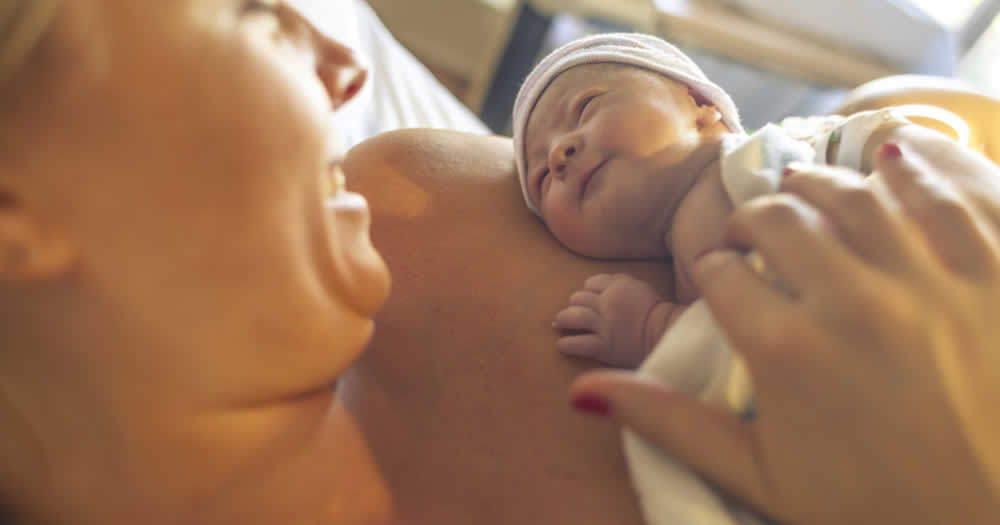Caesarean born females are at a greater risk of becoming obese and developing type 2 diabetes in later life, compared to those delivered by a natural birth, researchers have said.
A team from Harvard University say that women born by c-section are at a 46% greater risk of developing type 2 diabetes and an 11% higher risk of obesity.
Although they are unsure as to why the birthing method has such a large impact on the child’s health as they get older, one hypothesis is c-section born babies lack certain gut microbiomes which babies are exposed to in the birth canal when born naturally.
It has been previously proven that certain microbes in infancy and childhood can help protect the body against many different health conditions.
Read more on overcoming COVID-19:
- Researcher thinks DDP4 inhibitors could help battle COVID-19
- Recovering from coronavirus with type 1 diabetes
- A detailed account of recovering from coronavirus
- UK’s oldest COVID-19 survivor pays tribute to hospital staff
- Young teacher with type 1 diabetes and lung condition conquers COVID-19
In America there are more than 1.2 million caesarean deliveries performed every year, making it the most common inpatient surgical procedure and accounting for nearly one-third of births nationwide.
The study involved more than 33,000 women and the research team say they are unsure what the outcome would be among males.
Lead author Jorge Chavarro, from Harvard T.H Chan School of Public Health in Boston, said: “Whether these findings are applicable to men or to individuals born today, when caesarean delivery rates are substantially higher, is uncertain.”
Among the 33,000 participants, 3.3% (1,090) were born by caesarean. The data collected showed their mothers tended to be heavier before pregnancy, older at delivery, and were more likely to have high blood pressure induced by pregnancy.
The researchers concluded: “We observed associations of caesarean delivery with increased risks of obesity and type 2 diabetes of the offspring in adulthood. Most important, the association remained significant in most of the analyses restricted to participants in low-risk categories for caesarean delivery based on maternal characteristics.”
The findings have been published in the JAMA journal.




